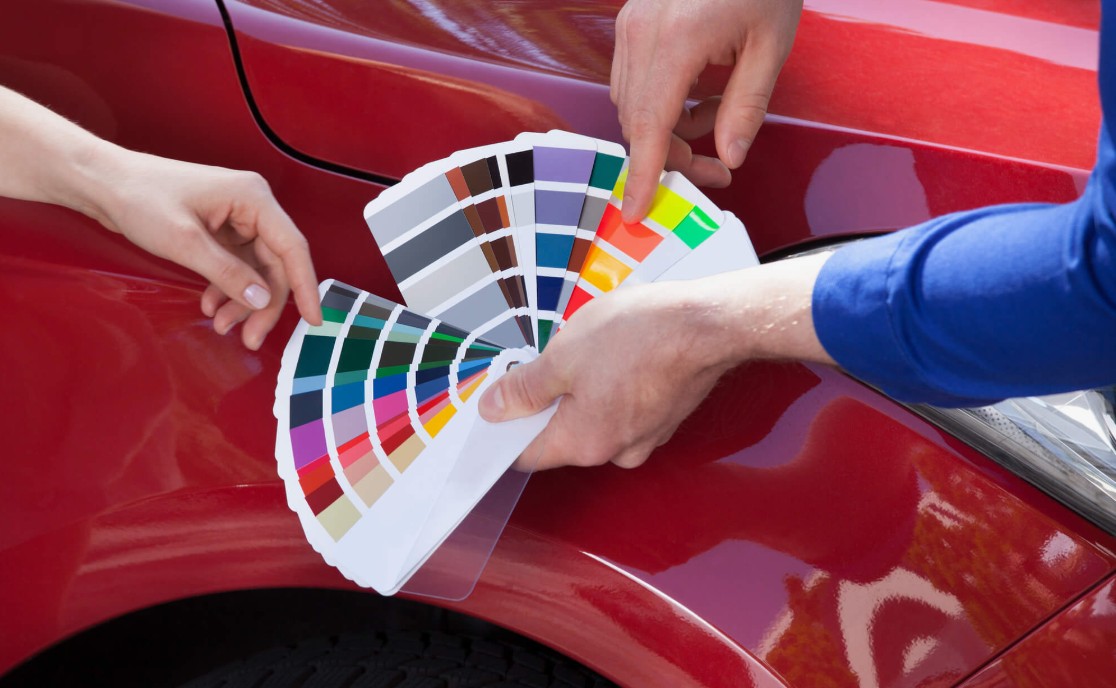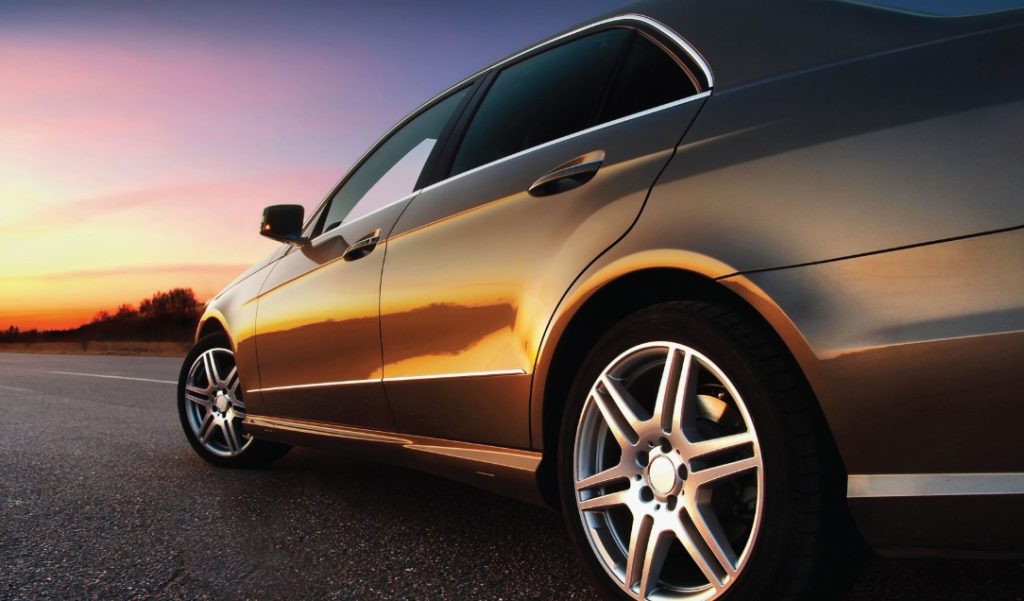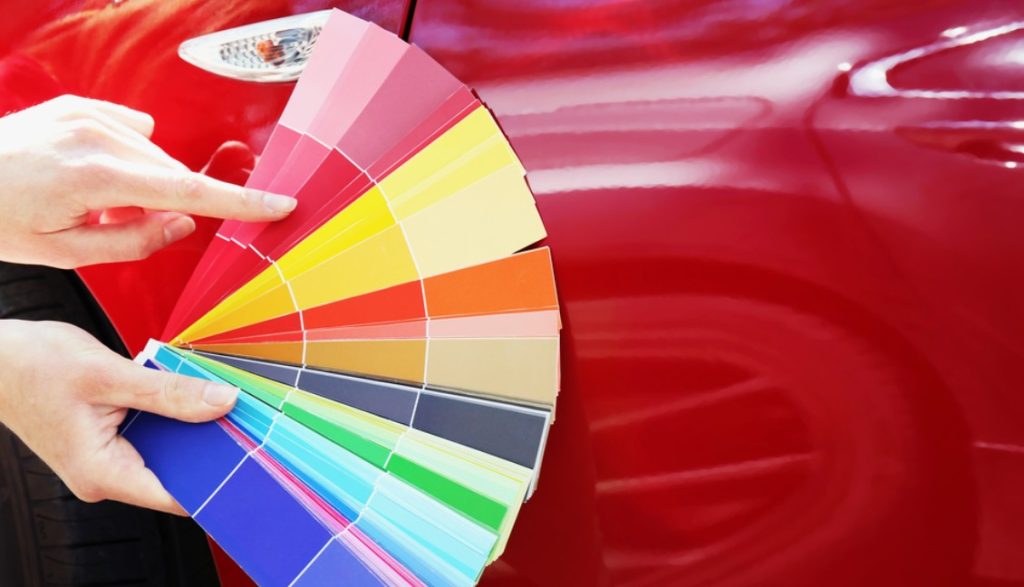
The Evolution of Car Colors: A Journey Through Automotive Design and Culture
The color of a car is one of the most defining aspects of its personality and design. A well-chosen shade can transform a vehicle into a statement of luxury, individuality, or power, while a poorly selected one can render it mundane and forgettable. Over the past century, car colors have not only reflected advancements in technology and manufacturing but also mirrored societal changes, cultural trends, and even global events. Protecting and preserving these colors has become a priority for many car owners, with services like those offered by Ziebart ensuring that a vehicle’s paint remains vibrant and enduring. This journey through the history of car colors offers a fascinating glimpse into how automotive paint has shaped and been shaped by the world.
Early Beginnings: From Carriages to Motor Cars
In the late 19th and early 20th centuries, cars were essentially motorized versions of horse-drawn carriages, and their painting techniques reflected this heritage. Hand-applied oil-based paints created vibrant and rich colors, including reds, greens, and blues. However, these paints were labor-intensive and costly. It could take weeks for the paint to cure, and over time, it would fade and yellow due to exposure to the elements. Owners of these early cars often found themselves investing in frequent and expensive repainting to maintain their vehicles’ appearance.
The dawn of the assembly line, pioneered by Henry Ford in the early 20th century, revolutionized car manufacturing. Ford’s iconic Model T became the emblem of mass production, and its utilitarian black enamel finish was chosen for a practical reason: it dried faster than other colors. This choice optimized production efficiency but at the expense of aesthetic variety. Ford’s famous quip, “Any color so long as it’s black,” epitomized the shift toward uniformity in the automotive market. Black cars dominated the roads, symbolizing a focus on functionality over form.

The 1920s: A Colorful Awakening
The end of World War I ushered in an era of innovation and creativity. Advances in paint technology, such as spray application and faster drying processes, allowed automakers to experiment with a wider range of colors. The development of nitrocellulose lacquer paint by DuPont in collaboration with General Motors marked a turning point. This new paint, marketed as Duco, was available in vibrant shades, dried in minutes instead of hours, and was far more durable than oil-based paints.
The introduction of Duco enabled automakers to offer cars in a rainbow of colors, from rich blues and greens to striking reds and yellows. Two-tone and even three-tone designs became a popular trend, signaling a departure from the monochrome aesthetic of the Model T era. In 1923, GM’s Oakland Motor Car Company showcased cars in dozens of vivid colors at the New York Auto Show, captivating audiences and setting a new standard for automotive design.
The 1930s: Metallics and the Great Depression
The prosperity of the Roaring Twenties gave way to the economic hardship of the Great Depression. As disposable income dwindled, car buyers gravitated toward more subdued and practical colors like gray, green, and black, reflecting the somber mood of the era. However, technological advancements continued, leading to the development of metallic paints in the 1930s.
These metallic paints, initially created using real fish scales, introduced a new dimension of luxury to automotive finishes. Metallic finishes shimmered in the sunlight, creating a sense of opulence and sophistication. However, the cost of these paints meant they were reserved for high-end vehicles, reinforcing the association between color and status.
The 1940s: Wartime Simplicity and Post-War Revival
World War II brought the automotive industry to a standstill as manufacturers pivoted to producing military vehicles and equipment. Civilian car production ceased, and vibrant colors disappeared from the roads. Military vehicles were painted in utilitarian shades like olive drab and gray, which reflected the grim realities of wartime.
After the war, the return to civilian production heralded a new era of creativity and innovation. Advances in chemical engineering led to paints that were more resistant to fading, yellowing, and cracking. Automakers began to reintroduce bright and bold colors, tapping into the optimism of the post-war boom. Two-tone designs made a comeback, and pastel shades like baby blue, mint green, and pale pink became especially popular, mirroring the cheerful aesthetic of 1950s pop culture.
The 1950s and 1960s: Pop Culture and Personal Expression
The 1950s and 1960s marked a golden age of automotive design. Automakers drew inspiration from the era’s cultural zeitgeist, including Hollywood glamour, rock and roll, and space exploration. Cars became symbols of personal identity, and their colors played a significant role in this expression.
During this period, two-tone and tri-tone paint jobs flourished, with combinations like white and turquoise or black and red becoming iconic. Chrome accents and elaborate tailfins further enhanced the visual impact of these cars. The introduction of pearlescent and candy-colored finishes allowed automakers to create dazzling effects that captured the public’s imagination.
The 1960s counterculture movement also left its mark on car colors. Psychedelic designs, bold patterns, and custom paint jobs became hallmarks of the era, reflecting the rebellious spirit of the time. The iconic Volkswagen Beetle, for instance, became a canvas for colorful and artistic expressions, cementing its place in pop culture.
The 1970s and 1980s: Earth Tones and Practicality
The oil crisis of the 1970s brought a shift in consumer priorities. As fuel efficiency and environmental consciousness became top concerns, car colors followed suit. Earth tones such as brown, beige, and olive green became popular, reflecting a more subdued and practical approach to car ownership. These colors also aligned with the broader cultural trend of reconnecting with nature.
In the 1980s, metallic paints became more accessible, and silver and gold gained popularity as symbols of modernity and sophistication. Automakers also began experimenting with high-gloss finishes and improved clear coats, which enhanced the durability and appearance of car paint.

The 1990s and 2000s: Monochrome Minimalism
The 1990s saw the rise of monochromatic car colors. Shades like silver, white, black, and gray dominated the market, appealing to consumers’ desire for sleek, timeless designs. Advances in paint technology allowed for new effects, such as pearlescent finishes, which gave a subtle shimmer to these neutral tones.
By the 2000s, these minimalist colors had become the industry standard, favored for their versatility and understated elegance. Black and white, in particular, were seen as symbols of luxury and modernity, while silver became associated with high-tech sophistication.
The Present and Future of Car Colors
Today, the automotive color palette continues to be dominated by neutral shades. According to global studies, white remains the most popular car color, followed by black, gray, and silver. These colors are favored for their timeless appeal and higher resale value. However, bold colors still make occasional appearances, particularly in sports cars and luxury vehicles, where individuality is a key selling point.
The future of car colors promises exciting innovations. Advances in materials science may soon enable “chameleon” paints that can change color at the press of a button. Smart coatings that adjust to lighting conditions or enhance energy efficiency are also on the horizon.
Maintaining the Beauty of Automotive Paint
Regardless of color, modern automotive paints are designed for durability. However, environmental factors like UV rays, pollution, and road debris can take a toll over time. To protect a car’s finish, treatments such as ceramic coatings, paint protection films, and regular waxing are recommended.
Specialized services like those offered by companies such as Ziebart ensure that car owners can preserve their vehicle’s appearance for years to come. From rust protection to detailing, these services enhance the longevity of a car’s paint while keeping it looking factory-new.
Conclusion
The history of car colors is a testament to the interplay between technology, culture, and personal taste. From the utilitarian black of the Model T to the vibrant hues of the 1950s and the minimalist tones of the 21st century, car colors have evolved alongside societal changes and technological advancements.
As the automotive industry moves toward electric and autonomous vehicles, car colors will likely continue to reflect the values and aspirations of their time. With the potential for customizable and interactive finishes, the next chapter in the story of automotive paint promises to be as colorful and innovative as its past.
Basketball lover, cooker, music lover, loves to talk about different topics. Let’s chat.